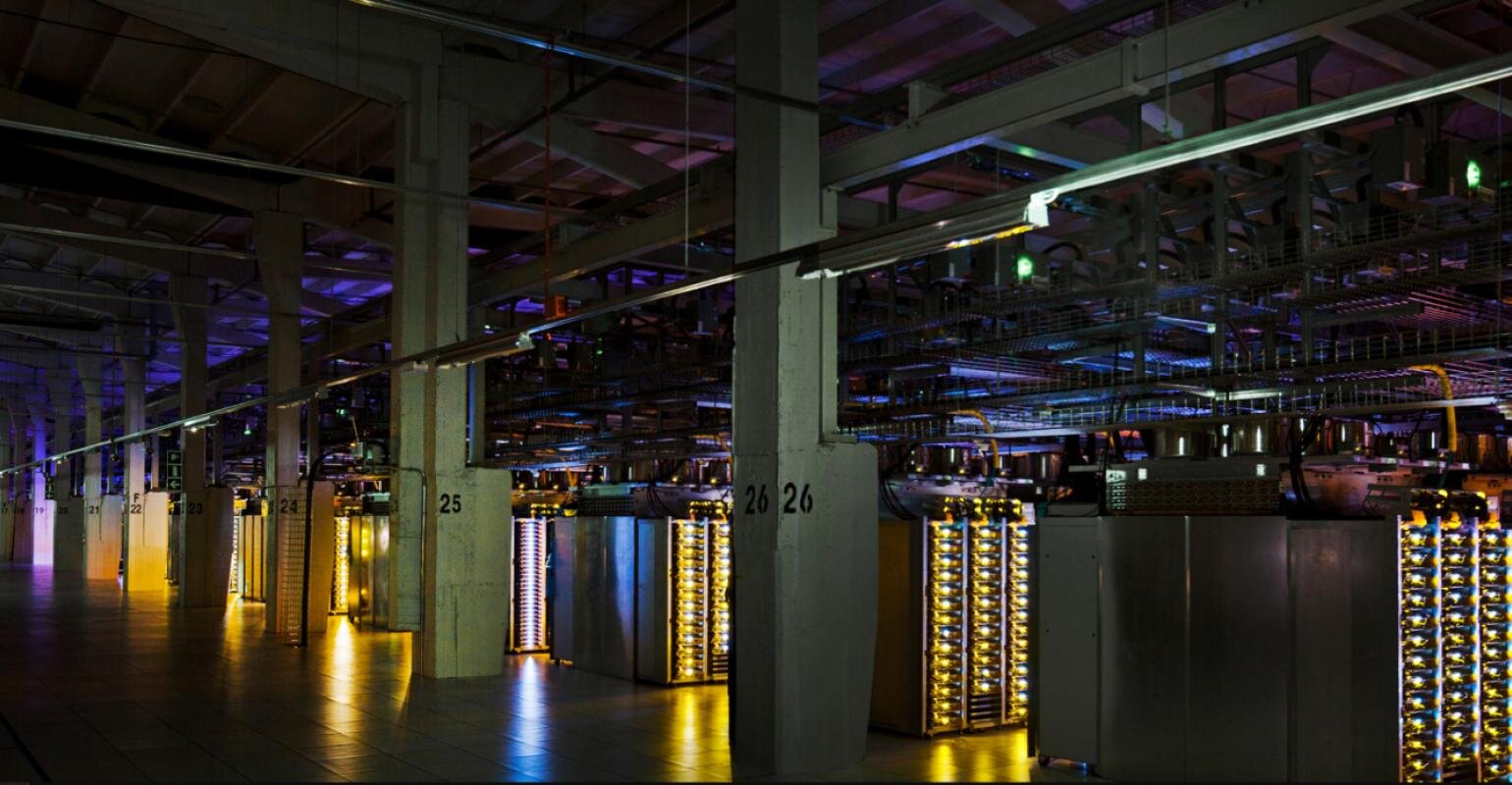The bypass for the bypass, that extra layer of redundancy to make sure the lights are always on. What is the wrap around bypass and why does it matter?

Most all modern UPS’s have a built-in maintenance bypass, this allows the operator to maintain power to the load and complete most all maintenance tasks on the UPS, things like changing batteries and breakers. The wrap around bypass allows for the power to bypass the UPS completely and in the event of a catastrophic failure of the UPS you are able to maintain power to the load. Some would say its overkill and I’d agree in some cases, but as a colocation provider that provides different levels of service, we believe it is invaluable.

Why does this level of redundancy, rarely seen even in Tier-4 data centers, make such a difference? We can start by addressing the scenarios where it would make little to no difference. Given the example of a deployment that utilizes two electrical services delivered to a building with each one having its own UPS’s and separate generators, assuming all of your equipment has two power supplies, having a wraparound bypass has little value. In the event of a complete failure of a UPS the other side will simply pick up the entire load.
However, a colocation environment is different. Some customers will choose to utilize only a single feed (primary power only). Others may opt for a more cost-effective A+B redundancy option, often referred to as panel diversity (two feeds from the same panel). The most redundant option is typically the most expensive and as a colocation provider we work to meet our individual client needs on price and redundancy.
Simply put the wrap around maintenance bypass allows us to maintain a higher level of redundancy for all of our clients, not just those willing to pay a premium for a fully redundant solution.



